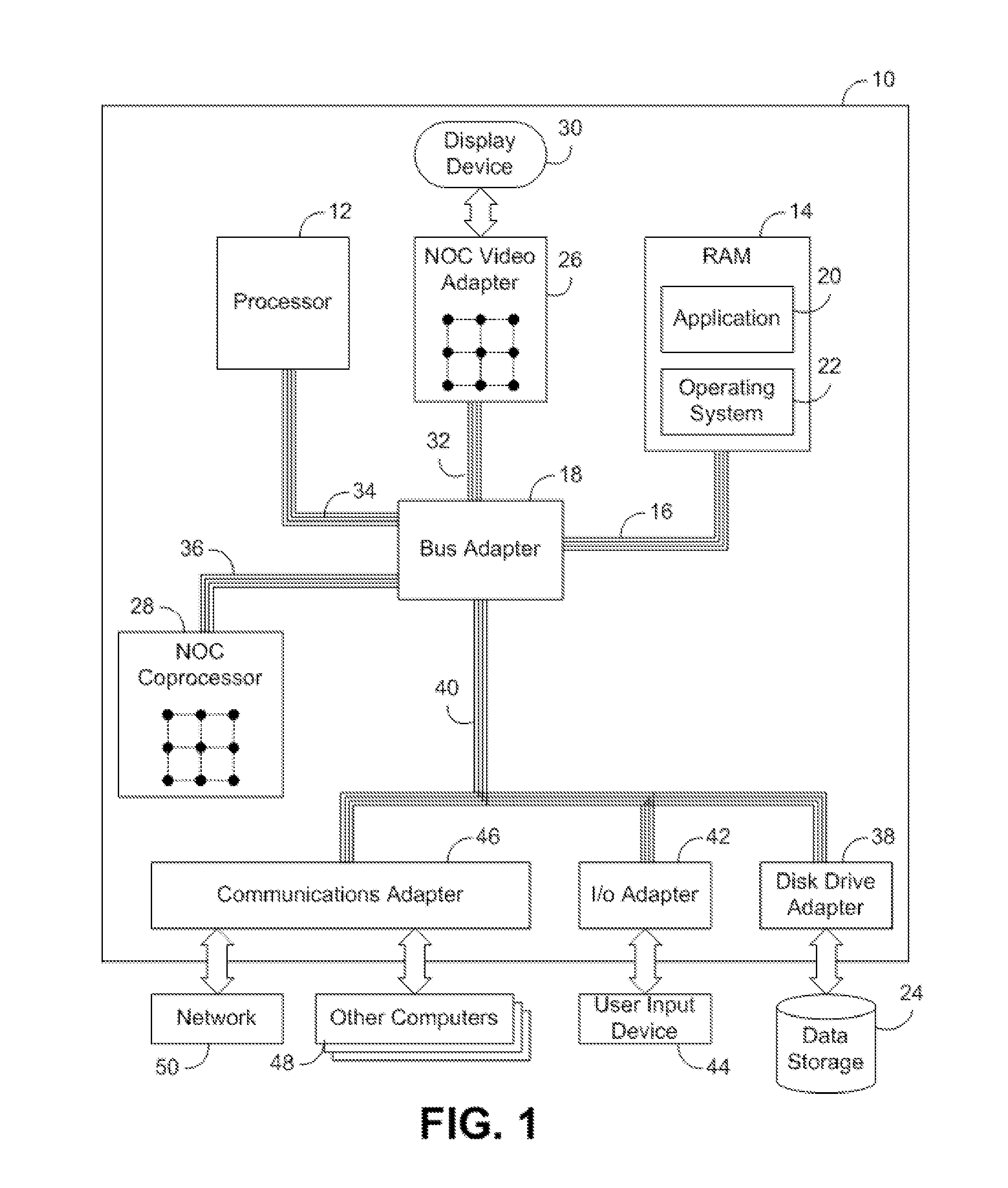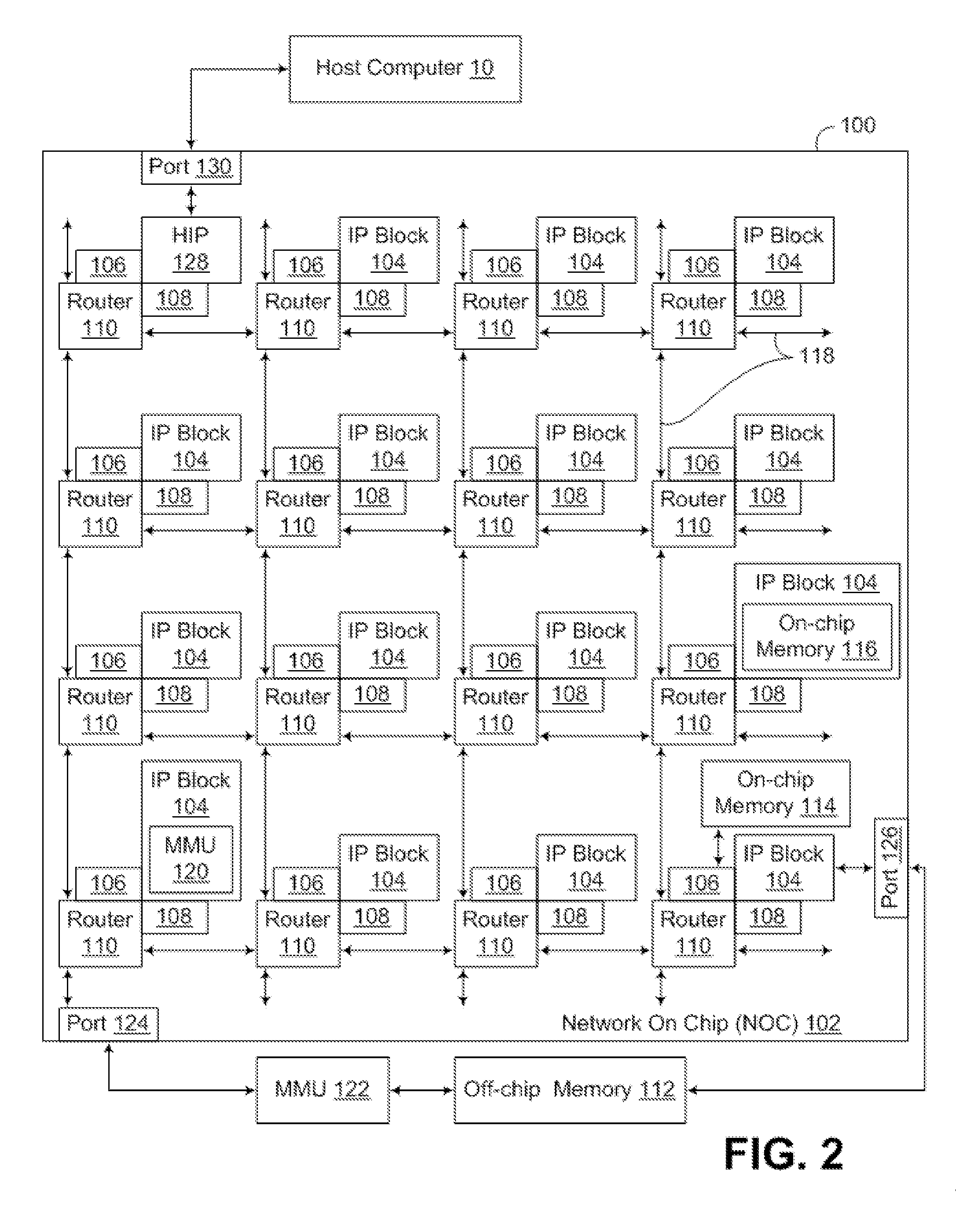Memory address translation-based data encryption with integrated encryption engine
a data encryption and memory address technology, applied in the field of data processing, can solve the problems of compromising the confidential nature of data, compromising the security of data storage, and affecting the security of data in the data processing system, and achieve the effect of maintaining secure data in the data processing system, and ensuring the confidentiality of data
- Summary
- Abstract
- Description
- Claims
- Application Information
AI Technical Summary
Benefits of technology
Problems solved by technology
Method used
Image
Examples
Embodiment Construction
[0027]Embodiments consistent with the invention selectively stream data to an encryption or compression engine based upon encryption and / or compression-related page attributes stored in a memory address translation data structure such as an Effective To Real Translation (ERAT) or Translation Lookaside Buffer (TLB). A memory address translation data structure may be accessed, for example, in connection with a memory access request for data in a memory page, such that attributes associated with the memory page in the data structure may be used to control whether data is encrypted / decrypted and / or compressed / decompressed in association with handling the memory access request.
[0028]In addition, in some embodiments consistent with the invention, an integrated encryption engine may be utilized within a processing core of a multi-core processor to perform encryption operations, i.e., encryption and decryption of secure data, in connection with memory access requests that access such data. ...
PUM
 Login to View More
Login to View More Abstract
Description
Claims
Application Information
 Login to View More
Login to View More - R&D
- Intellectual Property
- Life Sciences
- Materials
- Tech Scout
- Unparalleled Data Quality
- Higher Quality Content
- 60% Fewer Hallucinations
Browse by: Latest US Patents, China's latest patents, Technical Efficacy Thesaurus, Application Domain, Technology Topic, Popular Technical Reports.
© 2025 PatSnap. All rights reserved.Legal|Privacy policy|Modern Slavery Act Transparency Statement|Sitemap|About US| Contact US: help@patsnap.com



